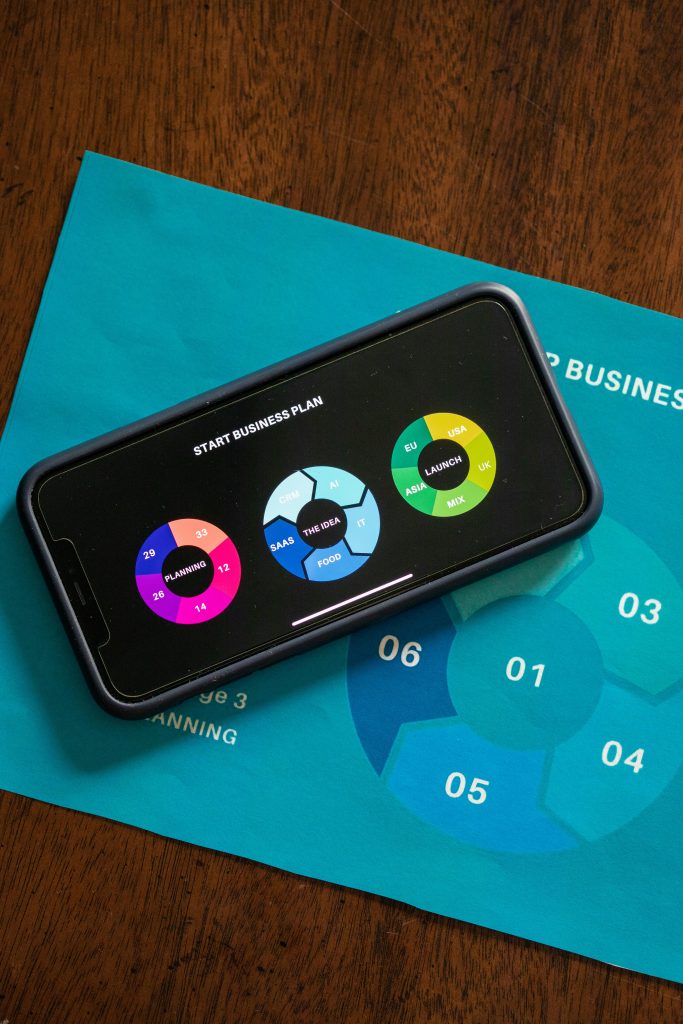On today’s competitive business landscape, customer experience (CX) has become the defining factor that distinguishes successful companies from the rest. While traditional metrics like customer satisfaction (CSAT) and Net Promoter Score (NPS) have long been used to measure CX, there’s a growing recognition that emotions play a critical role in shaping the customer journey. Emotional experience is now emerging as the key differentiator in crowded markets, and businesses that fail to prioritize emotional engagement risk falling behind.
The Emotional Value Index (EVI®) is one of the most powerful tools available to measure and improve emotional engagement. Companies that leverage emotional data through tools like EVI are better equipped to build stronger customer relationships, increase loyalty, and drive significant sales growth. In this article, we’ll explore why emotional experience matters, how EVI works, and how businesses can integrate customer experience strategies across their sales and marketing efforts to boost outcomes.
The Power of Emotional Experience in Customer Relationships
Emotions influence every aspect of the customer journey, from awareness to post-purchase behavior. Research shows that customers who have an emotional connection with a brand are 306% more likely to recommend the company and 44% less likely to switch to a competitor . In other words, emotional engagement is the foundation for customer loyalty.
Customers today are more informed, empowered, and selective than ever before. They don’t just want products and services; they want experiences that resonate emotionally. As a result, companies need to move beyond functional benefits and focus on creating emotional value. Whether it’s through personalized marketing, exceptional service, or memorable interactions, businesses must ensure that every touchpoint leaves a lasting emotional impact.
The Emotional Value Index (EVI): Measuring What Matters
The Emotional Value Index (EVI) provides a standardized way to measure the emotional engagement of customers. Unlike traditional CX metrics that focus on satisfaction or likelihood to recommend, EVI zeroes in on the emotional aspect of customer interactions. EVI allows companies to track how customers feel at different stages of the journey and offers actionable insights into what drives emotional responses.
Here’s how EVI works:
• Emotional Triggers: EVI measures emotional reactions such as happiness, trust, frustration, or disappointment during various touchpoints.
• Customer Journey Optimization: By identifying emotional highs and lows in the customer journey, businesses can optimize processes to enhance positive emotions and mitigate negative ones.
• Sales Growth: A strong emotional connection is directly tied to sales growth. According to Harvard Business Review, emotionally engaged customers are more than twice as valuable as highly satisfied customers. They spend more, stay longer, and are more open to upselling opportunities

Why Prioritizing Emotional Metrics Drives Sales Growth
Emotional metrics are crucial for modern businesses aiming for sustainable growth. The ability to tap into customer emotions allows companies to align their marketing, sales, and customer service strategies with what truly matters to their customers. Here’s why prioritizing emotional metrics makes business sense:
- Increased Customer Loyalty: Emotional loyalty surpasses transactional loyalty. Customers who feel emotionally connected to a brand are less price-sensitive and more forgiving of occasional service lapses, making them more likely to stick with a company through thick and thin.
- Higher Conversion Rates: Positive emotions significantly influence purchasing decisions. A study by Forbes found that emotionally-driven marketing campaigns have a 70% higher likelihood of converting leads into sales than campaigns that only focus on rational appeals . By aligning sales efforts with customer emotions, businesses can create a sense of urgency and appeal to customers’ emotional desires.
- Enhanced Brand Advocacy: Emotionally engaged customers are more likely to become brand advocates. Word-of-mouth recommendations, online reviews, and social media shares are often fueled by emotional experiences. When customers feel understood and valued, they naturally want to spread the word, driving organic growth.
Actionable Tips to Improve Emotional Experience
Improving emotional experience requires a comprehensive approach that integrates emotional intelligence into every aspect of the customer journey. Here are some actionable strategies to boost emotional engagement:
1. Map Emotional Touchpoints in the Customer Journey
Understanding when and where emotions peak or dip is essential for optimizing the customer journey. Use tools like EVI to map out these touchpoints and ensure that your customer journey is emotionally satisfying at every stage, from pre-purchase interactions to post-sale support.
2. Personalize Marketing and Sales Efforts
Personalized experiences are no longer optional; they are expected. Use customer data to create targeted campaigns that speak to individual preferences and emotional drivers. The rise of AI and customer journey orchestration tools has made it easier to deliver hyper-personalized experiences across multiple channels .
3. Train Teams in Emotional Intelligence
Customer-facing teams, such as sales and customer service, must be trained to recognize and respond to emotional cues. Emotional intelligence enables employees to connect with customers on a deeper level, resolving issues empathetically and enhancing overall satisfaction.
4. Leverage AI and Analytics for Deeper Insights
Advanced analytics and AI tools can analyze customer sentiment in real-time, providing valuable insights into customer emotions during interactions. These insights allow companies to react proactively, tailoring responses to the customer’s emotional state .
5. Consistently Measure and Improve Emotional Metrics
Emotion is dynamic, and what works today may not work tomorrow. Consistently tracking emotional engagement through tools like EVI helps companies stay ahead of customer expectations and adapt to changing emotional trends. Make emotional metrics a core part of your performance evaluation.
Conclusion
In an era where products and services are easily commoditized, emotional experience has emerged as the true differentiator. Businesses that prioritize emotional engagement by utilizing tools like the Emotional Value Index (EVI) can create stronger, more meaningful customer relationships. By embedding emotional intelligence across sales, marketing, and customer service efforts, companies can enhance the customer journey, drive loyalty, and significantly boost sales growth.
In a crowded market, those who connect with their customers on an emotional level will not only stand out but will thrive.
By focusing on customer experience, emotional value, customer journey optimization, and sales growth, businesses can unlock new levels of success. Let emotional engagement be the key to driving your company forward.


Recent Comments